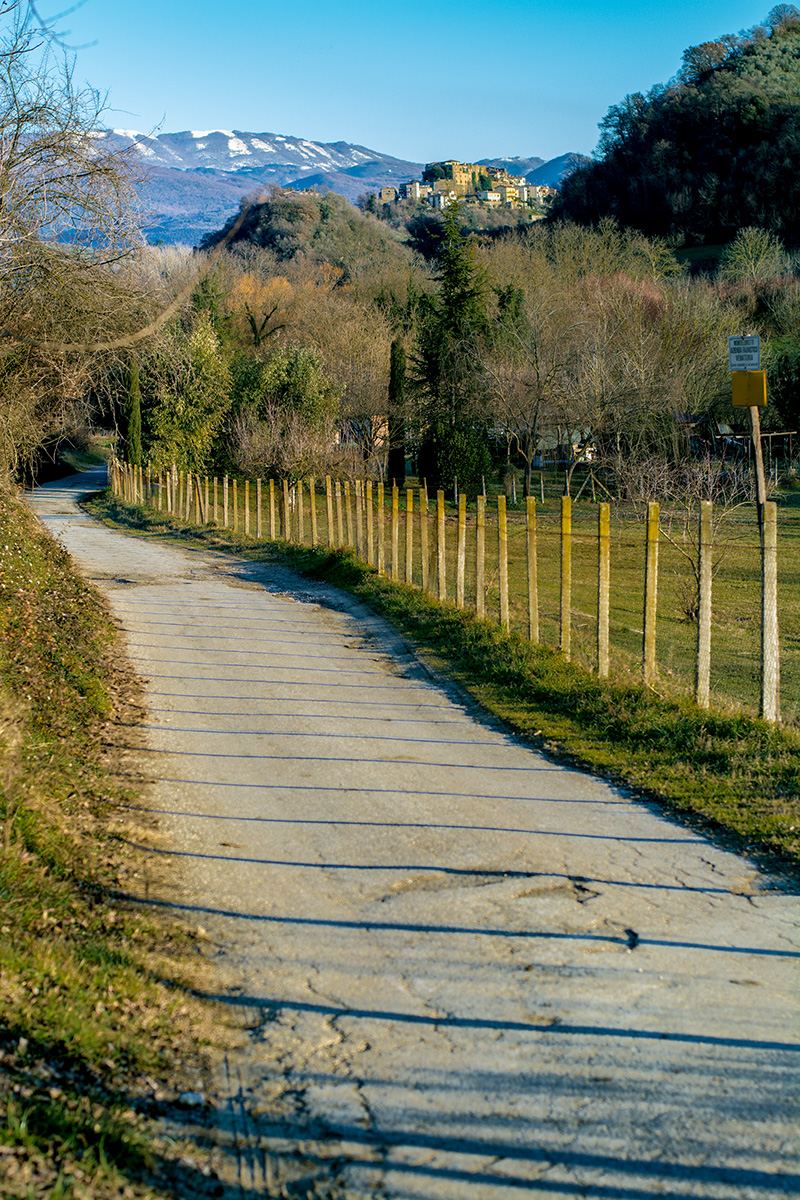
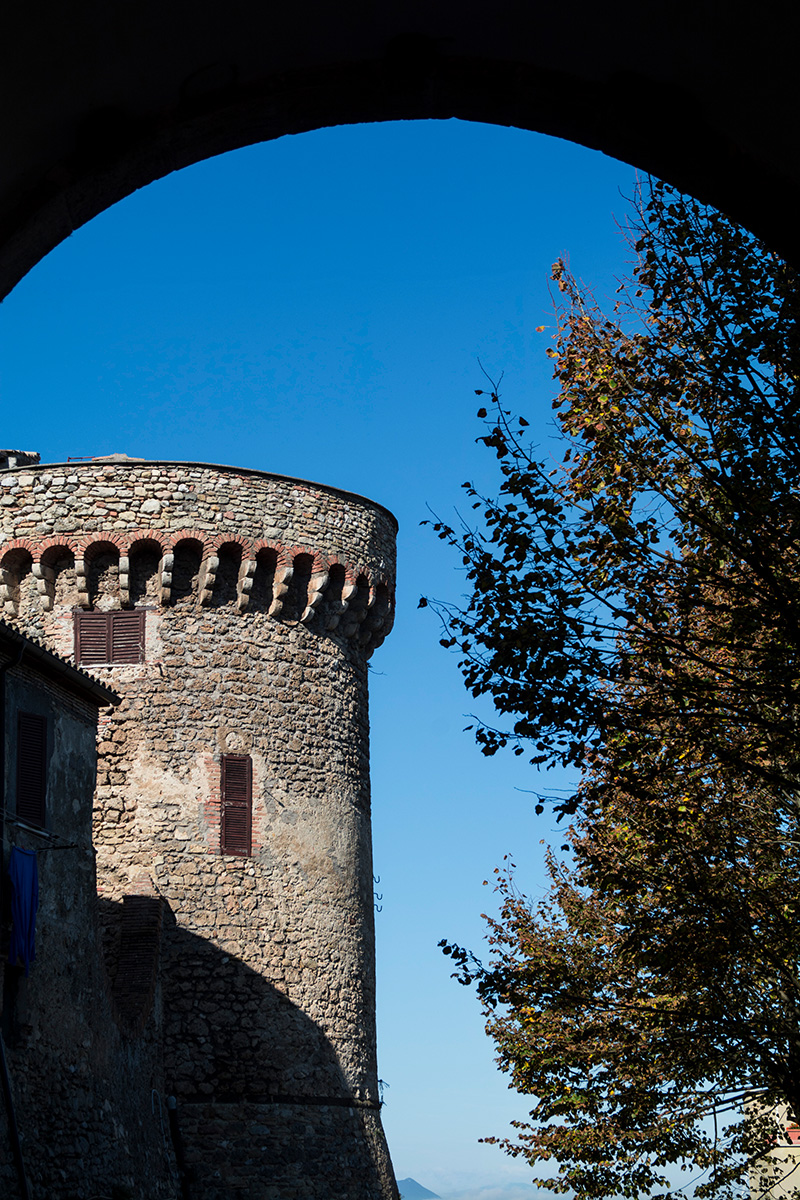
I am really fortunate to live in a marvelous village rambling among miles and miles of virgin olive oil trees–Montelibretti (meaning: Hill of the Free). At its highest point, there is the ancient Barberini Castle dating back to 1000 A.D., with its beautiful towers and gardens. Pope Alexander VI, the Borgia Pope, stopped here on his trips outside Rome. This castle has a miles-long tunnel running underneath it, exiting in the nearby countryside. The most beautiful thing about this place, along with the wonderful weather and picturesque view, is the rich green landscape. I adore taking long walks and picking wild fresh herbs among the natural springs.

I have lived here for a number of years and have come to the conclusion that every century-old olive tree has hidden secrets in its branches–the finest natural olive oil in all of Italy and a rich heritage. I became even more convinced of the life enriching properties of this olive oil when I met Montelibretti’s oldest resident, Mrs. Nina, 105 years old, whose sparkling personality is like a 16-year-old. She, like many residents, had her own olive grove and has produced virgin olive oil all her life. This oil is one reason why Mrs. Nina, and the other hundred-year-old senior citizens here have lived so long. In fact, Mrs. Nina with her sparkling blue eyes told me: “We always had olive oil; we never ran out. Today, we still eat real olive oil, not the fake one. You never know where it comes from or what it’s made of.”
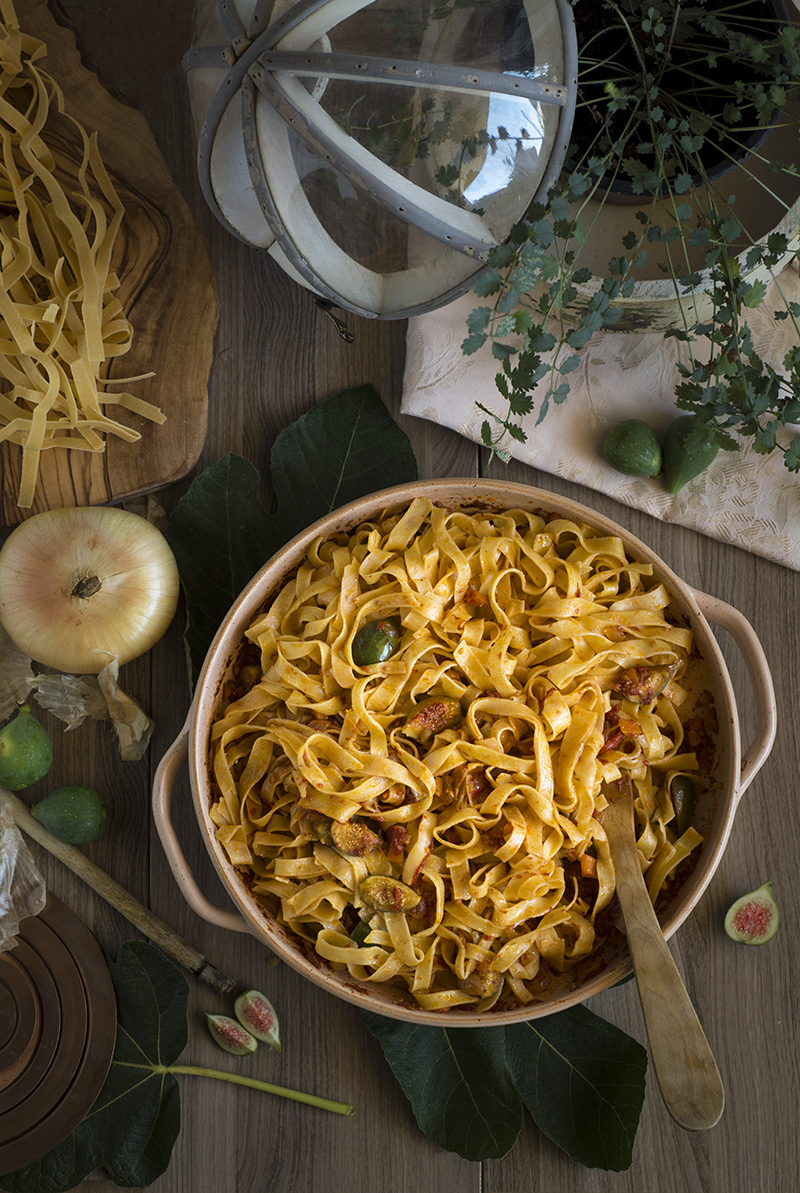

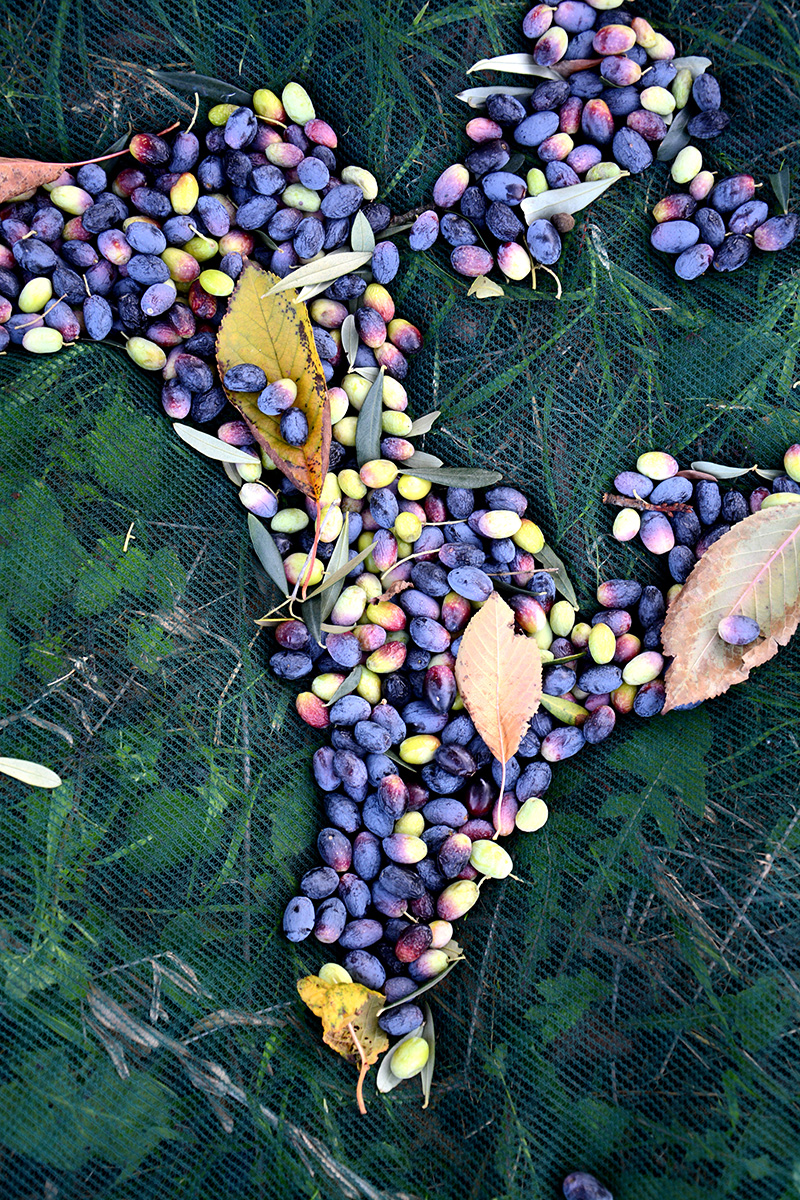

Ancel Keys, the famous American Professor, the first person to promote the Mediterranean diet at the beginning of the 1900s, noted that olive oil was always present in the diet. He saw that the life expectancy of these Europeans was much longer than those of the Americans. Thus, I think that placing olive oil in the center of your diet, while eating simple vegetable based foods, is one of the most healthy things one can do. Mrs. Nina still cooks today. She is an expert in making homemade egg noodles and she is still busy making them today. It is ironic that when she was one year old and quite sick the doctors told her mother that it was improbable that she would live more than a year. It must be because of her fettuccine that she began making when she was ten. She was used to standing on a crate so that she was tall enough to roll out the pasta. At that time, chickens layed eggs occasionally during the winter so pasta had to be made with water instead of eggs.

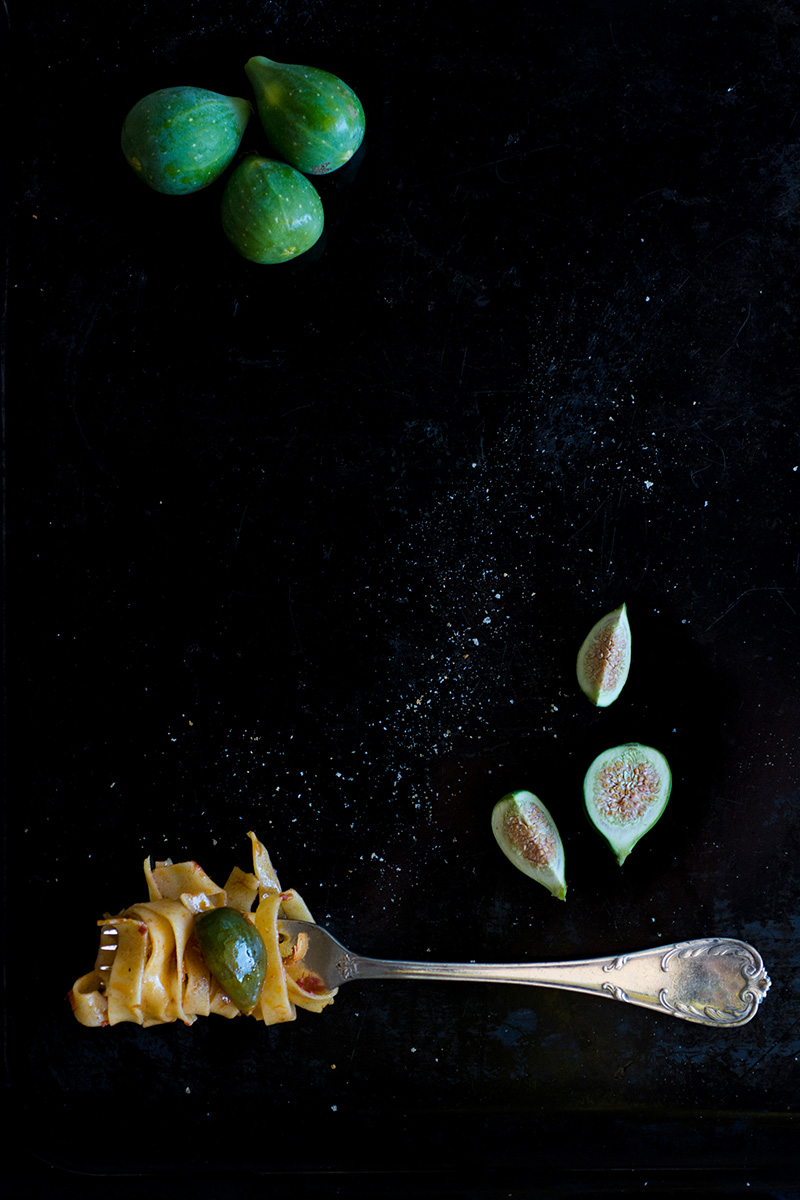
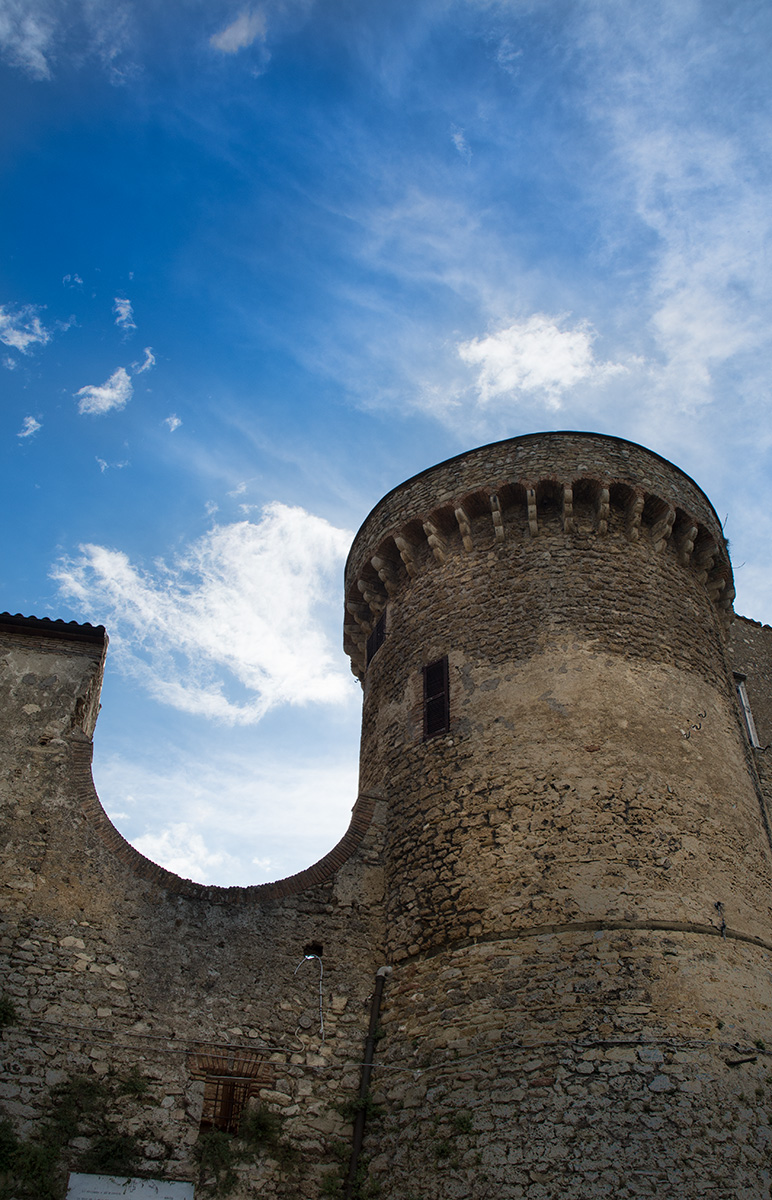
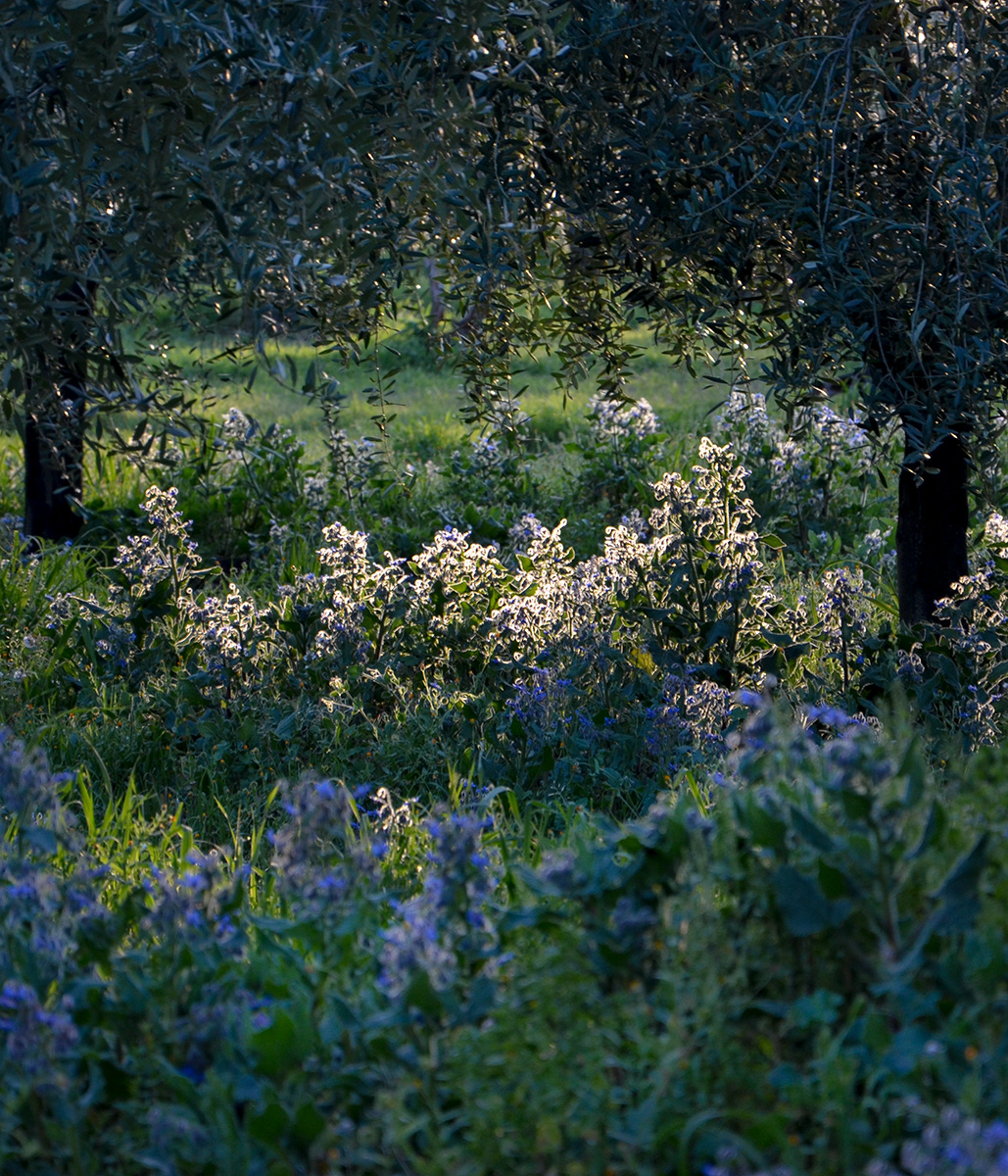
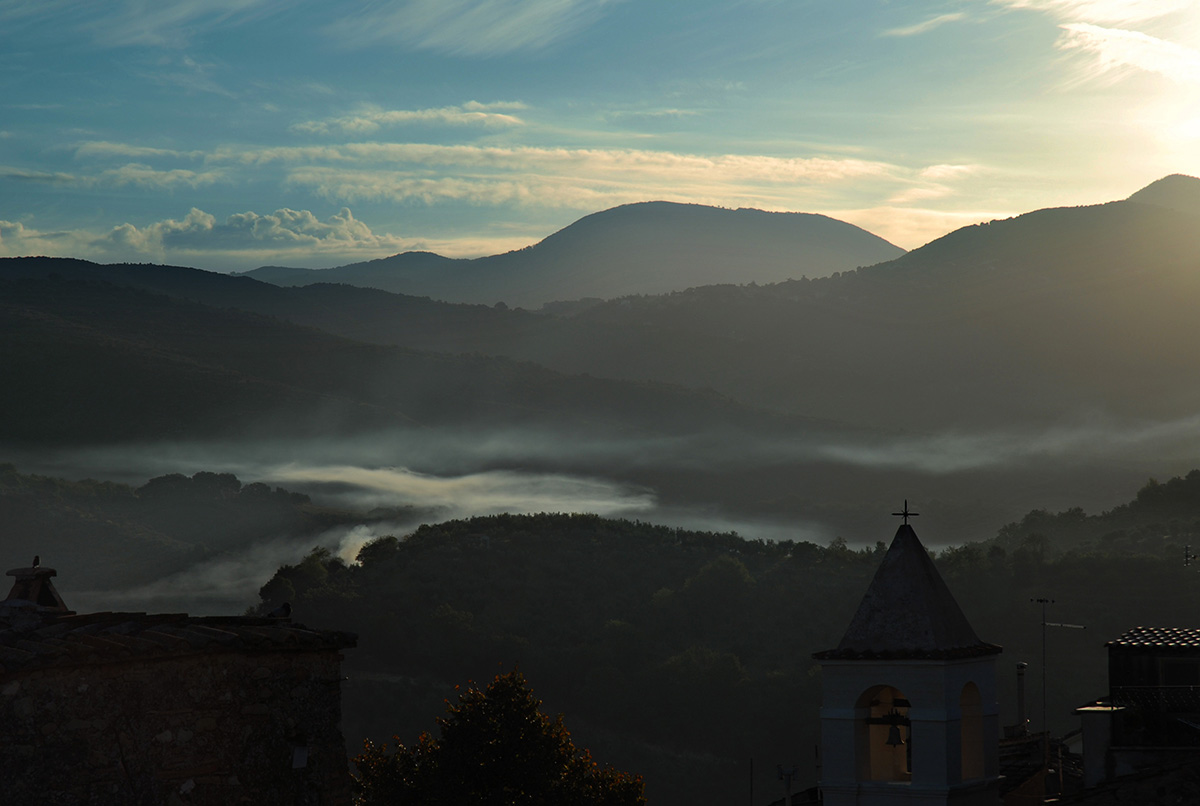
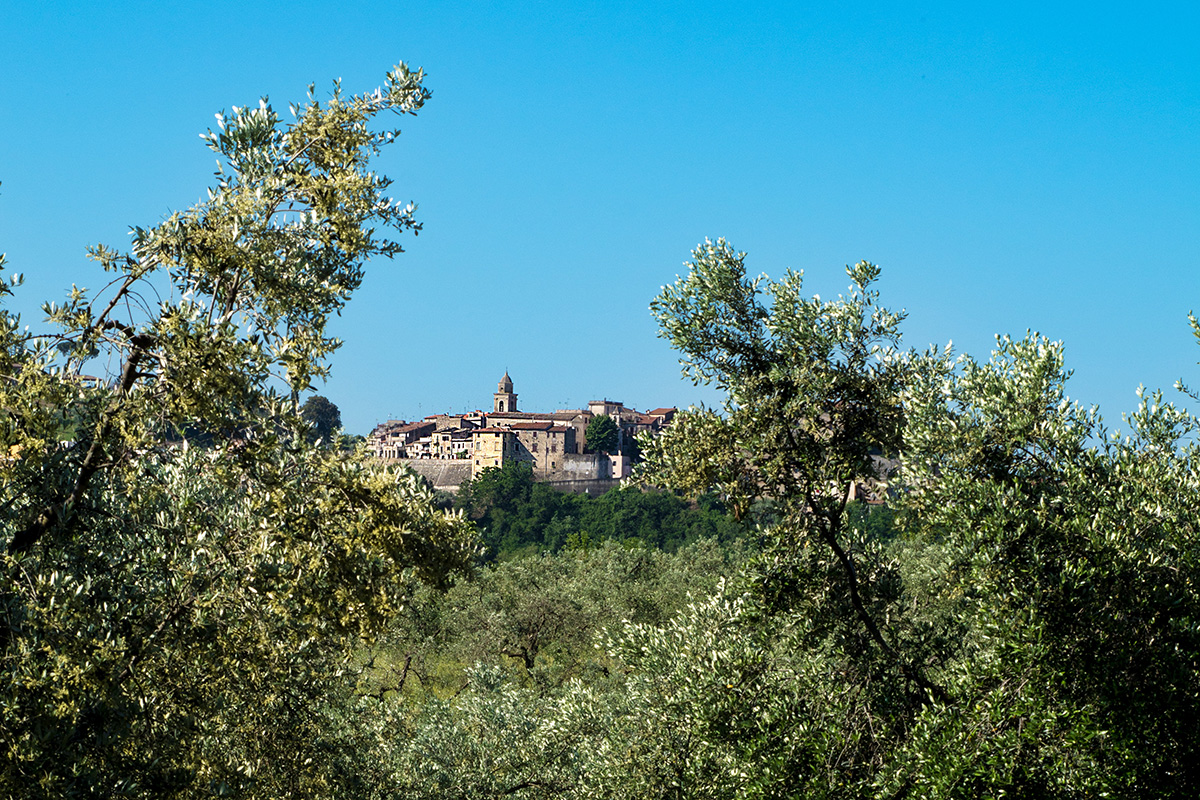
At a certain point in my visit, Mrs. Nina began to share with me her best simple recipes: cornbread, beans and bread, onion and lima bean soups. In the old days, people ate what they produced and for the most part it was made of vegetables. This is the secret of Mrs. Nina’s longevity. The more I think about it, the more I am convinced that virgin olive oil is the key to long life; it is rich in vitamins and minerals that protect us and keep us healthy. So we have to remember that we can’t eat everyday as if it were Sunday. We must hoose wisely and put our health before our appetite.

Fig fettuccine with olive oil
Ingredients for four persons:
For the noodles:
340 gm. semolina wheat
170 ml. water
a pinch of salt
1/4 teaspoon turmeric (optional–It gives the pasta a nice color and is rich in vitamins.)
For the sauce:
4 tablespoons of olive oil
15 unripe figs
a big onion
a carrot
a celery stalk
4 medium-sized tomatoes (not too ripe)
a pinch of salt
Preparation:
Mix all of the ingredients for the egg noodles and cover the pasta placing it in the
refrigerator for 30 minutes. Roll out a thin layer of pasta, fold it into a roll and cut out the egg noodles.
Chop up the onion into fine pieces. Add the carrot and celery and cook in one tablespoon of olive oil. Cut the figs in half or in quarters depending upon their size.
Cook them with the other ingredients. After a few minutes, add the tomatoes cut into cubes. Cook for ten minutes. Put at least two liters of water to boil and add salt.
When the water boils, add the noodles and cook them. As soon as the pasta rises to the top, drain it. Put the egg noodles in the pan with the other ingredients and cook briefly. Turn off the stove and add the remaining olive oil. Mix well.
Enjoy a fantastic pasta dish!
N.B.: Olive oil should not be cooked, when possible. Otherwise, it loses its beneficial nutritional qualities.

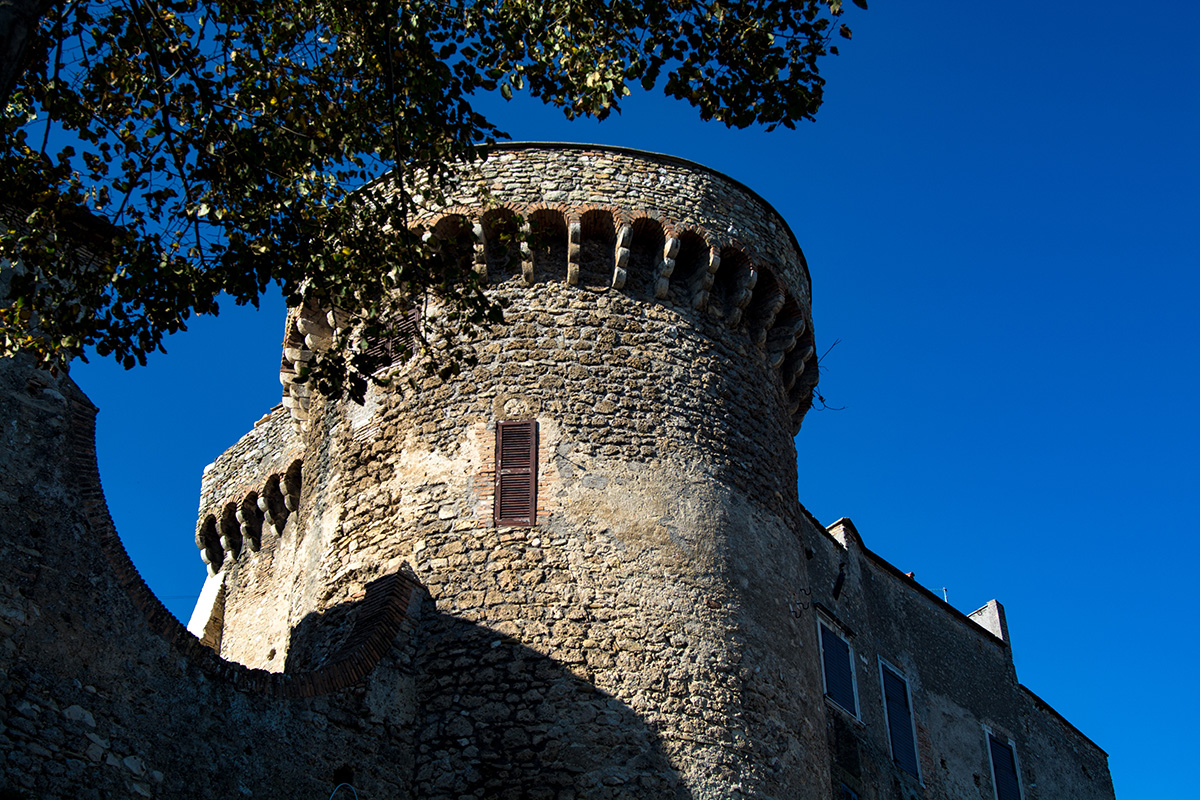

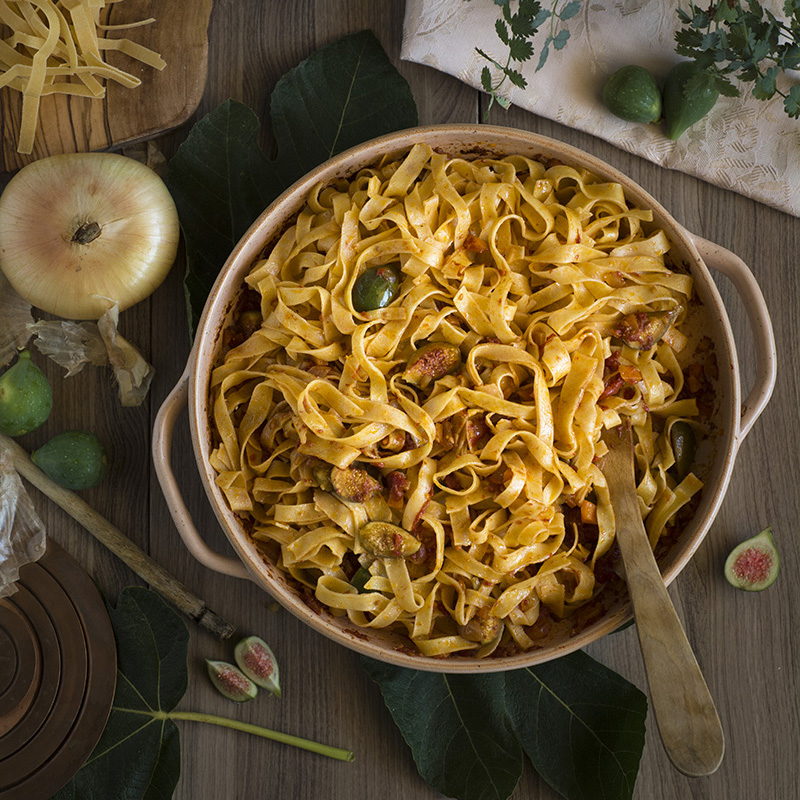
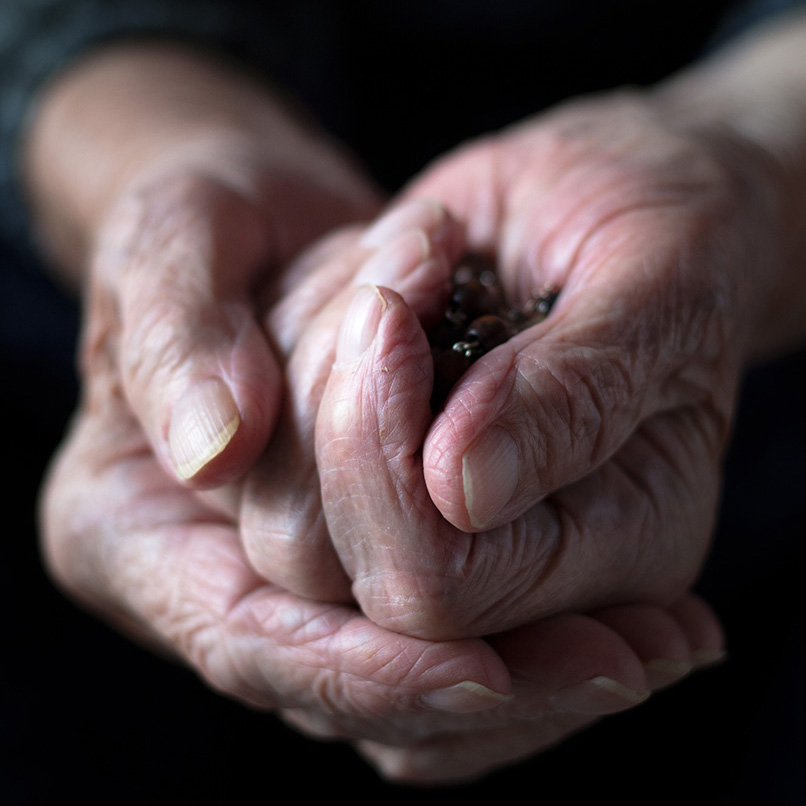
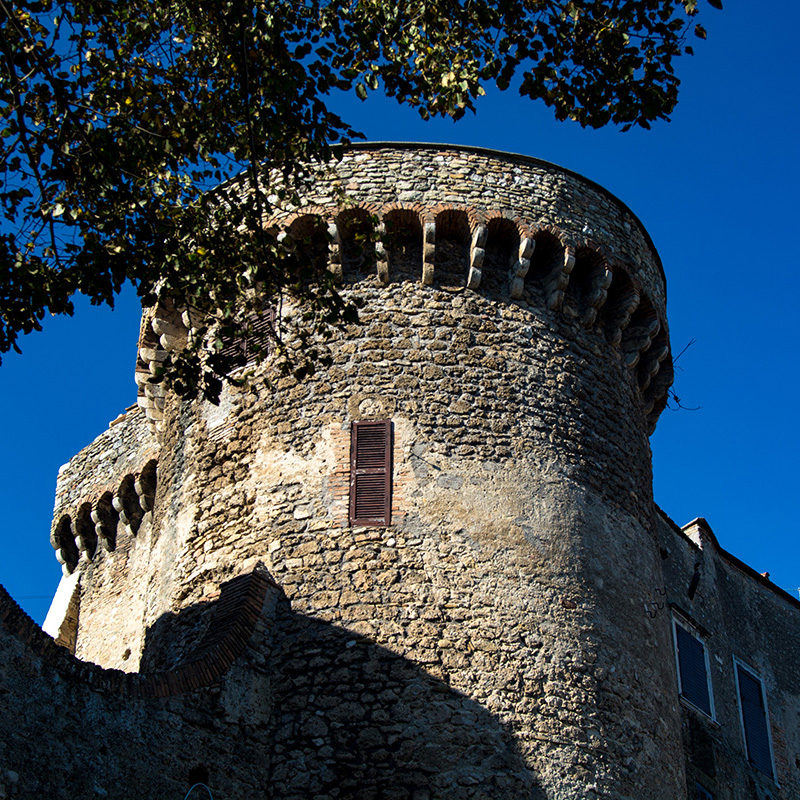

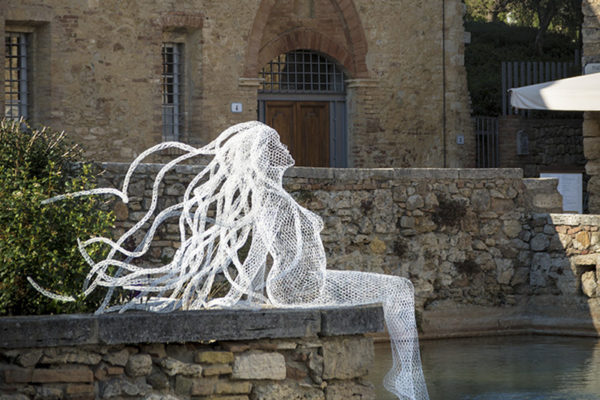

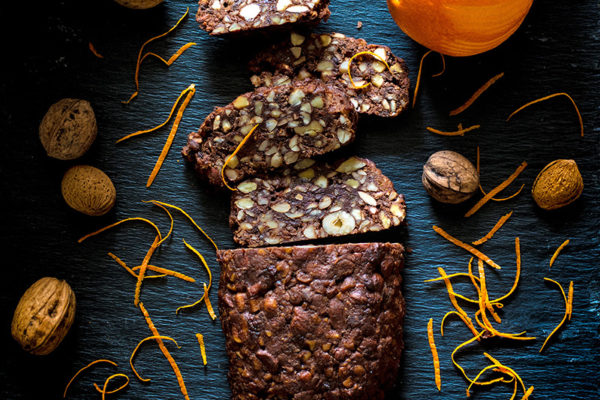
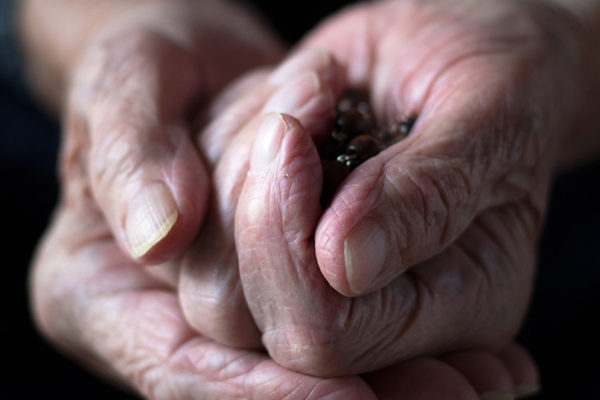
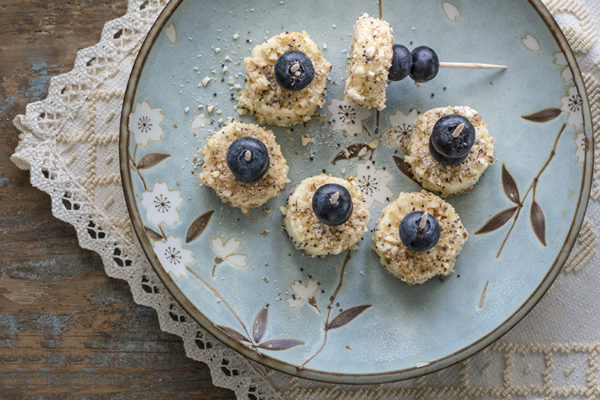
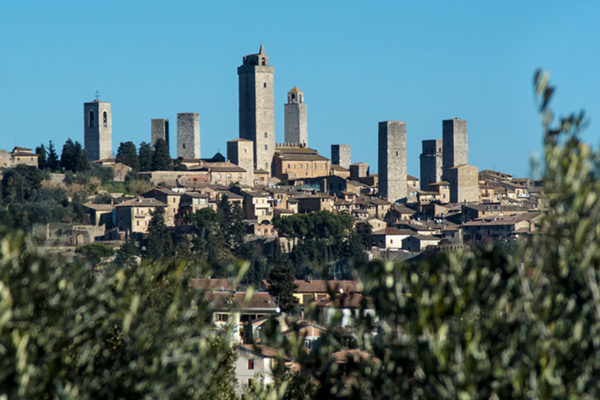
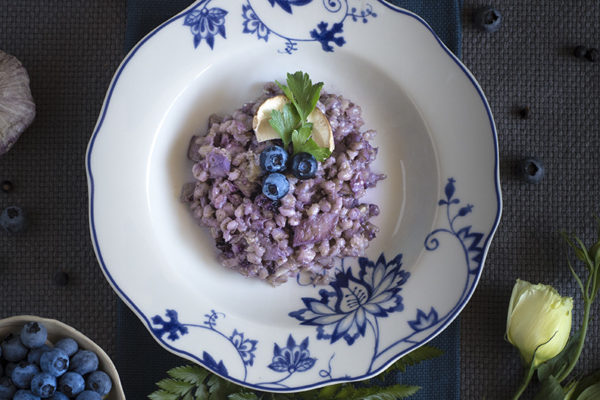
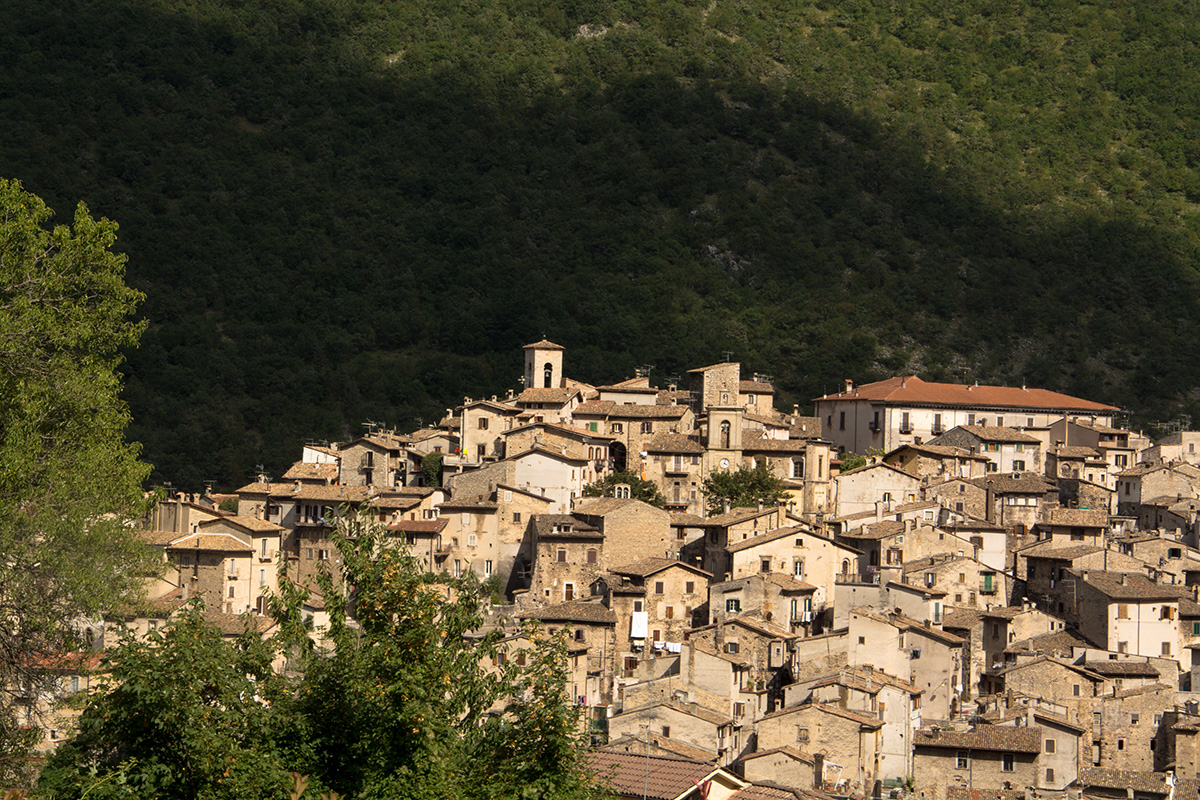
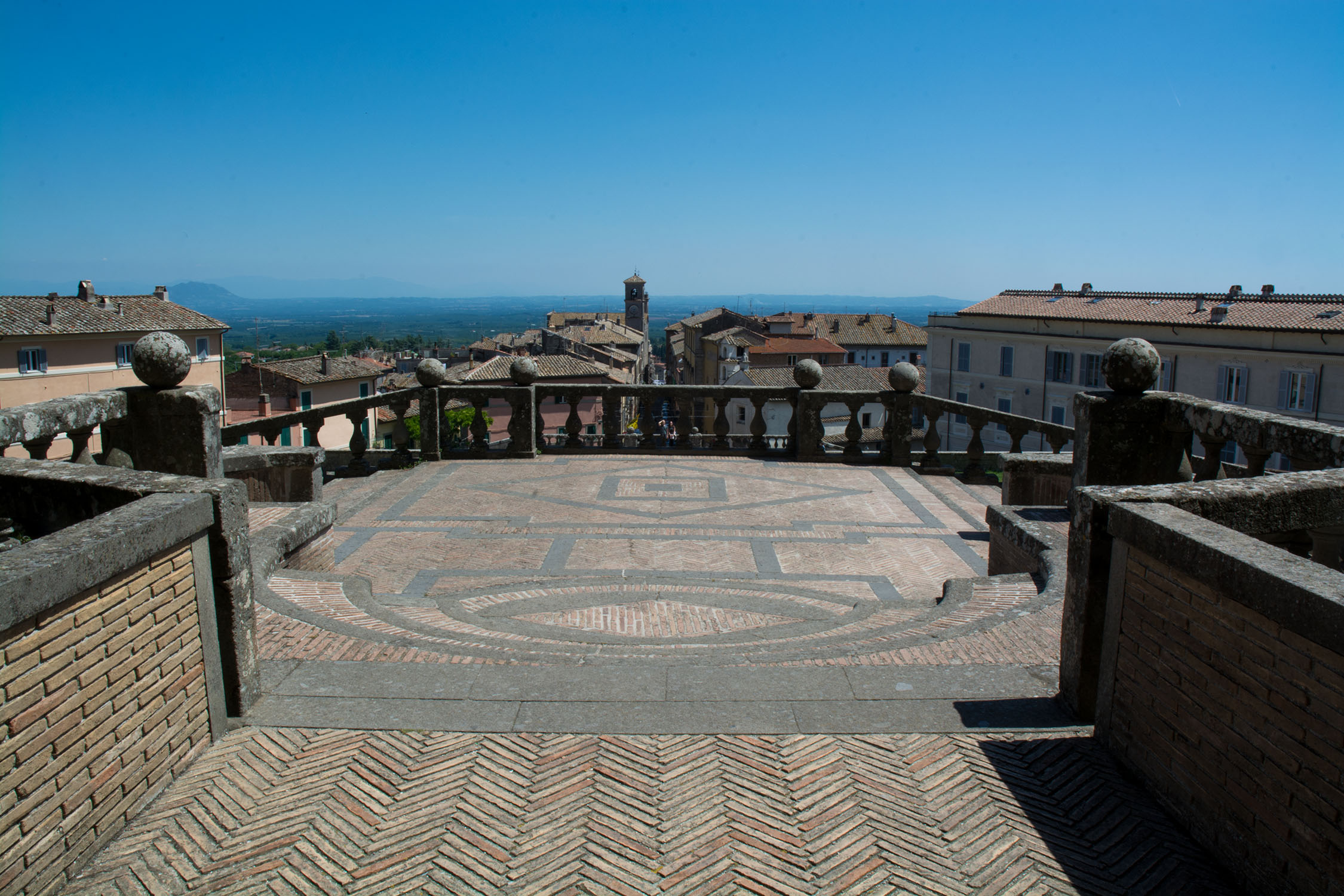
Jodee
March 17, 2017 at 2:39 pmVery nice post and love the recipe and great food photography!
Roberta Rossi Brunori
March 24, 2017 at 10:30 amThank you Jodee, I’m glad you enjoyed it!